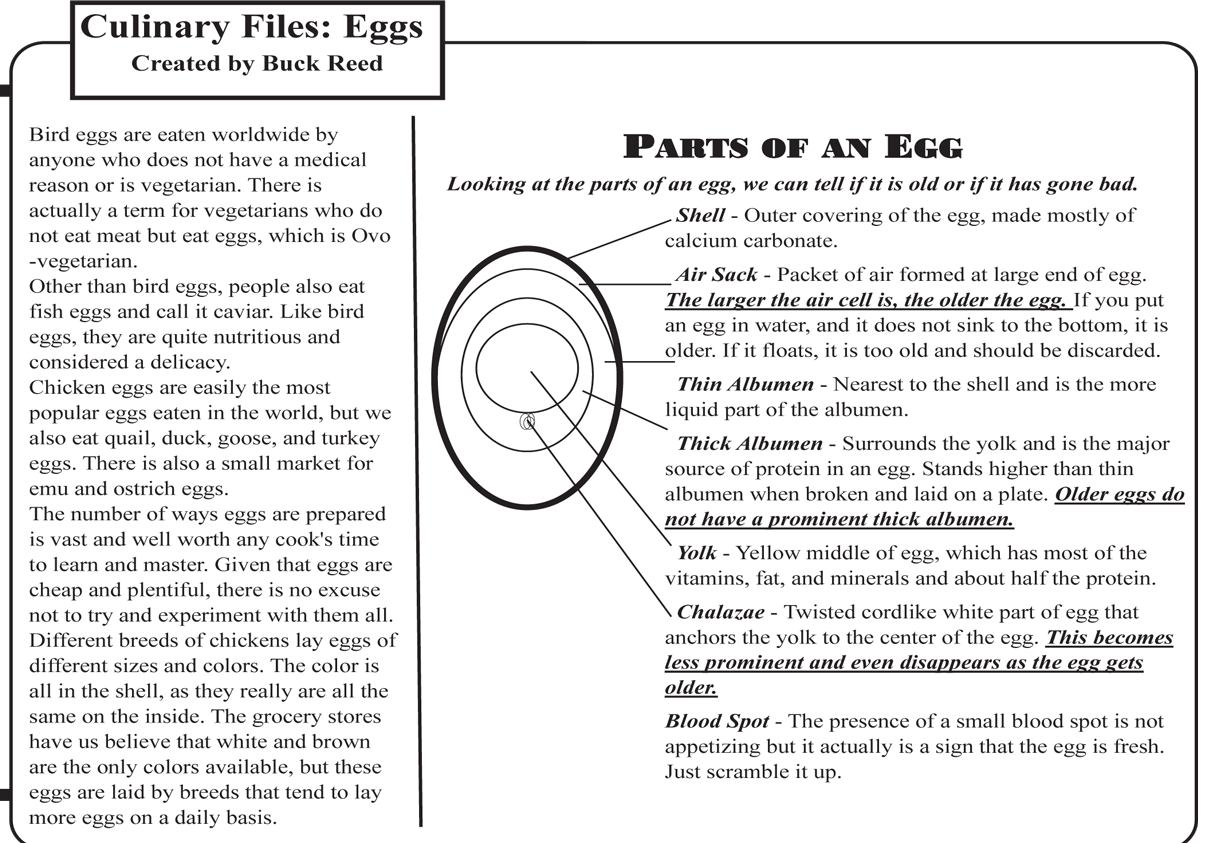by Buck Reed
Pork Chops
Form Follows Function
Chop: a thick slice of meat, especially pork or lamb, adjacent to and often including a rib.
For four-plus years, I have been writing this column, and more often than not, I have talked about learning your cuts of meat. Mostly, because different cuts of meat require different cooking methods to get the best results. And, just as I think I am finished with this line of thinking, someone gives me a meal from the crock pot with the totally wrong cut of meat in it. I can only hope they will read this article. The term “pork chop” is a marketing term. That means the butcher can take any cut of pork and label it as a pork chop. Right now, there are about six different cuts of pork that can legitimately be labeled as chops. They are all good cuts of meat, and they all can make a dent in your wallet. So, it stands to reason that learning to recognize them and mastering the cooking method for each one is well worth your time.
Rib Chop AKA Bone-In Ribeye Chop, Rib End Cut
This is the Cadillac of chops. Cut from the lower loin, it is expensive, but easy to cook. Treat it like a good steak, and cook it hot and fast. Pan roasted, broiled, or grilled works well with this cut.
Center Cut Loin Chop AKA Porterhouse Chop, Top Loin Chop
Like the porterhouse beef steak, this cut is made up with the loin and the tenderloin divided by a bone down the middle. It can be tricky to cook, as the loin and tenderloin cook differently from each other. Look for a thicker cut, brine if desired, lightly season, and cook it hot and fast. Pan roasted, broiled, or grilled works well with this cut.
Loin Chop AKA Pork Loin End Chop
This cut can be compared to the T-bone steak. Cut from the upper loin, it has the bone shaped like a “T,” with a large loin and little to no tenderloin. This chop will benefit from the use of a brine. It can be cooked the same as the center cut loin chop but can also be breaded and pan-fried, which would be my favorite.
Sirloin Chop AKA Sirloin Steak
Cut from below the loin section, it is easy to see that it is different cuts of meat held together by connective tissue. When preparing this chop, it is best to use a marinade or brine to give it flavor, as well as to break down those connective tissues. Another method may be to pound it gently with a meat mallet, bread it, and pan-fry it. Yet, your best bet is to simply braise this chop.
Boneless Loin Chop AKA America’s Cut, New York Chop
This is the chop from the loin without the bone and is very lean. This is your choice if you are interested in a stuffed chop. Marinading will also give you good results.
Shoulder Chop, Also Known as Blade Chop, Pork Shoulder Steak
This chop is cut from the shoulder or Boston Butt. Loaded with connective tissue, this is a tough cut of meat and is best marinated and/or braised.
If you have any questions about the chop you are purchasing, ask the butcher to help you. Also, if you are going to brine or marinate your chop, choose or modify your recipe to use little or no salt to keep your chop from drying out. As with everything in life, the culinary arts can be enhanced with a little research and applying your knowledge to the task.




